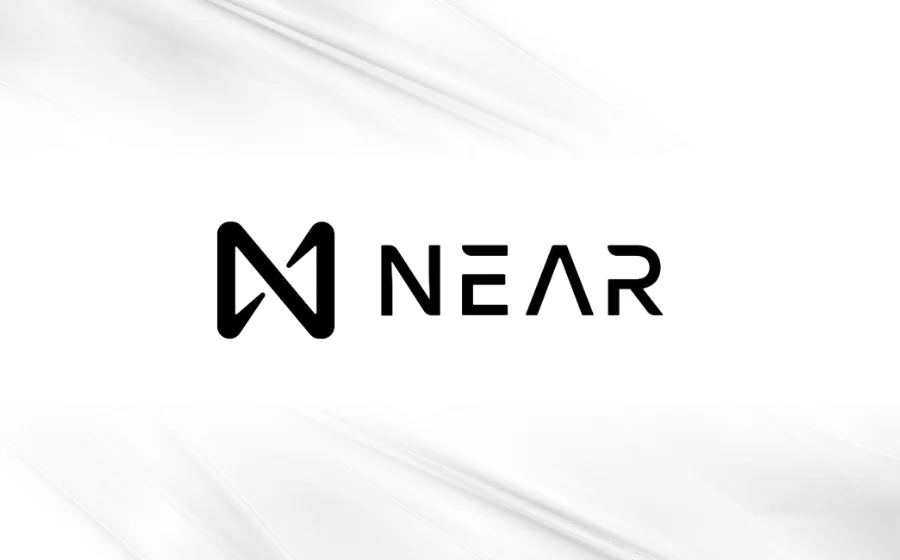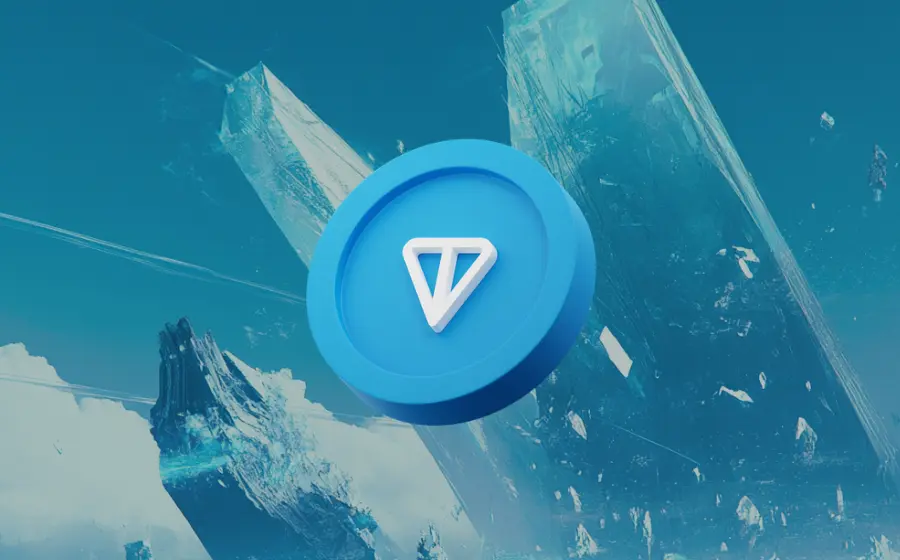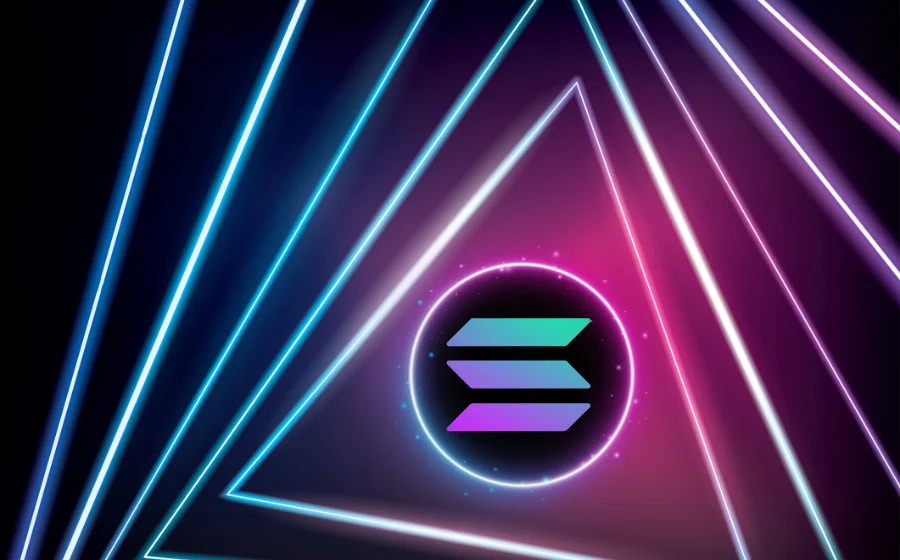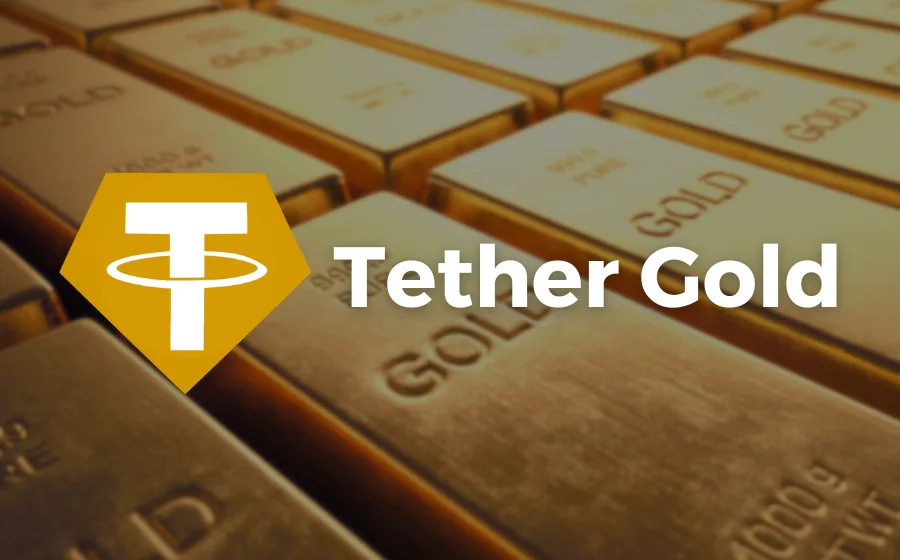
KEYTAKEAWAYS
- NEAR tokens facilitate transactions, data storage, and enable staking for network security.
- Token holders can participate in governance, influencing resource allocation and platform decisions.
- NEAR aims to enhance usability, scalability, and secure application development across blockchain networks.

CONTENT
NEAR tokens, native to the NEAR Protocol, are used for transaction fees, data storage, staking rewards, and governance voting, promoting network security and economic coordination.
NEAR tokens, like most tokens, correspond to the NEAR Protocol’s native currency, primarily used to pay for transaction and data storage fees. Other functions such as staking tokens to earn rewards and governance voting are also standard.
Each NEAR token represents a unique digital asset with multiple functionalities:
- Transaction and Data Processing:
NEAR tokens can be used to compensate the system for processing transactions and storing data.
- Network Validation:
NEAR token holders can actively participate in the staking process, enabling them to run a validation node and contribute to the network’s security.
- Governance Participation:
NEAR token holders play a crucial role in the governance process, influencing how network resources are allocated and participating in decisions about the platform’s future technical direction.
The importance of NEAR tokens lies not only in their functionality but also in promoting economic coordination among all participants involved in operating the network. They introduce new possibilities and behaviors within applications built on the NEAR network, contributing to the overall dynamics of the ecosystem.
The NEAR Protocol launched its mainnet on April 22, 2020, and created one billion NEAR tokens. An additional 5% of the total supply is issued annually as block rewards, with 90% allocated to validators (totaling 4.5%) and 10% allocated to the protocol reserve (totaling 0.5%). 30% of transaction fees are paid as rebates to contracts interacting with transactions, and the remaining 70% is burned.
OVERVIEW OF NEAR PROTOCOL
The NEAR Protocol, also known as the operating system for the Open Web, introduces the Blockchain Operating System (B.O.S.) to facilitate the easy creation and distribution of decentralized applications across any blockchain. As a decentralized platform, NEAR Protocol aims to revolutionize system architecture, application development, and overall network functionality. Its primary goal is to empower developers and entrepreneurs to build applications that manage high-value assets (such as currency and identity) securely, ensuring both performance and user-friendliness for the end users.
- Core Goals and Functions
NEAR Protocol achieves its goals through several key aspects:
- User Experience: Prioritizes an intuitive user experience, making applications easy to use and engaging.
- Scalability: Supports scalability across millions of devices, ensuring the system can handle a large volume of users and data.
- Sustainable Business Models: Provides sustainable business models for applications, promoting long-term growth and operation.
The ultimate aim of NEAR Protocol is to establish a community-operated cloud platform, extending the impact of open finance and driving the future of the Open Web.
- Technical Architecture and Innovation
NEAR Protocol is designed to be permissionless, high-performance, and secure, serving as a decentralized data layer for new networks. Unlike traditional cloud services like Amazon Web Services and Microsoft Azure, NEAR Protocol’s globally community-operated cloud eliminates single points of failure, ensuring transparency, security, and resistance to censorship, modification, or theft of user data.
By combining a sharding-resistant network, serverless computing, and distributed storage, NEAR Protocol addresses the limitations of existing blockchain platforms like Bitcoin and Ethereum. It evolves previous decentralized application platforms, offering solutions to critical challenges such as usability, scalability, and security.
- Organization and Governance
NEAR Protocol’s technical design focuses on creating the world’s most user-friendly and scalable decentralized platform. Its organizational and governance structure, facilitated through the Proof of Stake staking process, ensures rapid development and continuous evolution, maintaining long-term relevance.
Key features include a strong emphasis on usability, scalability through sharding methods, and efficient development and evolution driven by a robust engineering team and a governance structure that balances community oversight with development efficiency. NEAR Protocol’s community-operated cloud infrastructure enables the deployment and operation of decentralized applications, integrating decentralized database functions with serverless computing capabilities.
- Economics and Governance
NEAR Protocol’s token facilitates interaction between applications and allows developers to create censorship-resistant backends for applications handling high-risk data. The platform’s economics and governance processes ensure decentralized decision-making and proper behavior among node operators through the Proof of Stake staking process.
Through these innovations and structures, NEAR Protocol not only addresses the limitations of existing blockchain platforms but also provides a robust and scalable foundation for future decentralized applications and networks.
>>> More to read: What Is Ethereum?
ADVANTAGES OF INVESTING IN NEAR
1. Usability: According to the plan set by the NEAR Foundation at the beginning of the year, usability is one of its core values. By removing the technical barriers of web3, NEAR aims to convert the vast user base of web2, potentially reaching billions of users.
2. Ease of Participation: One of the advantages of choosing NEAR tokens as an investor is the relatively easier way to participate. For example, the NEAR ecosystem wallet can be registered and completed using a traditional email, unlike specialized wallets like MetaMask.
3. Speed and Low Cost: The traditional advantages of fast transaction speeds and low transaction costs are also relatively more friendly to investors outside the cryptocurrency circle.
FEATURES OF THE NEAR PROTOCOL
- Sharding Technology
NEAR Protocol uses sharding technology to enhance platform efficiency and scalability. Sharding divides the network into smaller segments (shards) that facilitate parallel transaction processing. This innovation ensures near-instant transaction finality and high throughput, effectively addressing scalability challenges in decentralized applications (dApps).
- Speed and Performance
NEAR Protocol prioritizes exceptional speed and performance using sharding technology. The platform ensures near-instant transaction finality, reducing latency in user interactions with dApps. This is particularly important for real-time response applications such as decentralized exchanges and interactive games.
- Security through Proof-of-Stake
NEAR Protocol employs a secure Proof-of-Stake consensus mechanism to safeguard decentralized applications. Validators create new blocks based on the cryptocurrency they stake, enhancing network security and mitigating vulnerabilities associated with Proof-of-Work.
- Smooth User Experience
NEAR Protocol prioritizes a smooth user experience for both technical and non-technical users through efficient transaction processing and user-friendly tools. This focus aims to promote wider adoption of decentralized applications and make the blockchain ecosystem more inclusive.
- Interoperability and Open-Source Framework
NEAR Protocol’s commitment to openness and interoperability is reflected in its open-source framework, facilitating compatibility with projects within the NEAR ecosystem. This promotes seamless collaboration among developers, allowing for the easy creation of interoperable decentralized applications. The open-source nature of NEAR encourages transparency, community participation, and continuous platform development.
- Developer-Friendly Tools and Resources
NEAR Open Web supports developers with a comprehensive set of tools and libraries, simplifying the process of creating and deploying decentralized applications (dApps) on the NEAR Protocol. This user-friendly approach enables developers to build innovative dApps efficiently, contributing to a more accessible and dynamic ecosystem that fosters creativity and accelerates application development on the NEAR Protocol.
FAQ
- What is NEAR?
NEAR tokens correspond to the NEAR Protocol’s native currency and are primarily used to pay for transaction and data storage fees. Additional functions include staking tokens to earn rewards and governance voting.
- What is the Near Protocol?
Designed to be permissionless, high-performance, and secure, it provides a decentralized data layer for new networks. NEAR Protocol serves as a platform for applications, offering access to user-owned shared and secure funds, identity, and data.
▶ Buy Crypto at Bitget
ꚰ CoinRank x Bitget – Sign up & Trade to get $20!

















